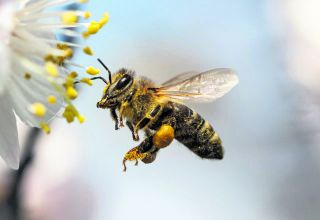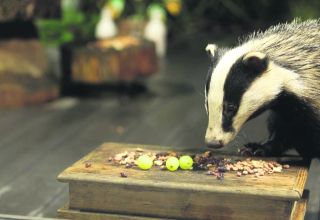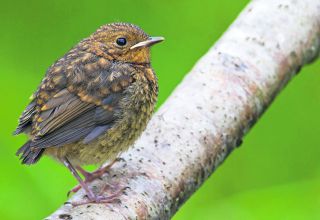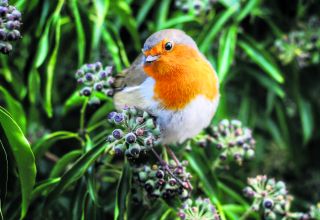
How to help Britain’s favourite feathered friend survive the season
With their vibrant red breasts, cheeky personalities and cheerful melodies, robins are one of the UK’s favourite feathered friends and a popular addition to gardens throughout the winter.
Yet, they are also one of the most at-risk bird species, with an estimated life span of just two years and only 40 per cent surviving from one year to the next.
The combined threat from predators, extreme weather conditions, and lack of natural food sources and nesting sites, means that these garden visitors may need a helping hand as the winter months approach.
Provide high-fat food perfect for foraging
While robins might be a charming symbol of the festive period, the cold weather of winter can prove fatal for them. During a chilly night, a robin will use up to ten per cent of its body weight to stay warm. If they are unable to replenish these fat reserves, a particularly harsh cold snap could cause a drastic decline in the population.
What’s more, robins tend to prefer foraging on the ground, and can often be seen pulling worms out of the earth, however when the ground freezes and becomes hard, natural food sources become scarce.
Create a warm roost with an open nest box
Many believe that just before spring is the best time to hang a nest box ahead of the breeding season, however there are many benefits of adding shelter for birds in autumn. Not only will it provide protection against the extreme elements to come, but it will also encourage them to establish the garden as a safe space, increasing the chances of a breeding pair returning in spring.
Unlike other small songbird species such as blue tits, robins will not use traditional nest boxes with a small entrance hole. Instead, increase their chances of surviving the winter by offering a nest box with a half-open, cup-shaped entrance.
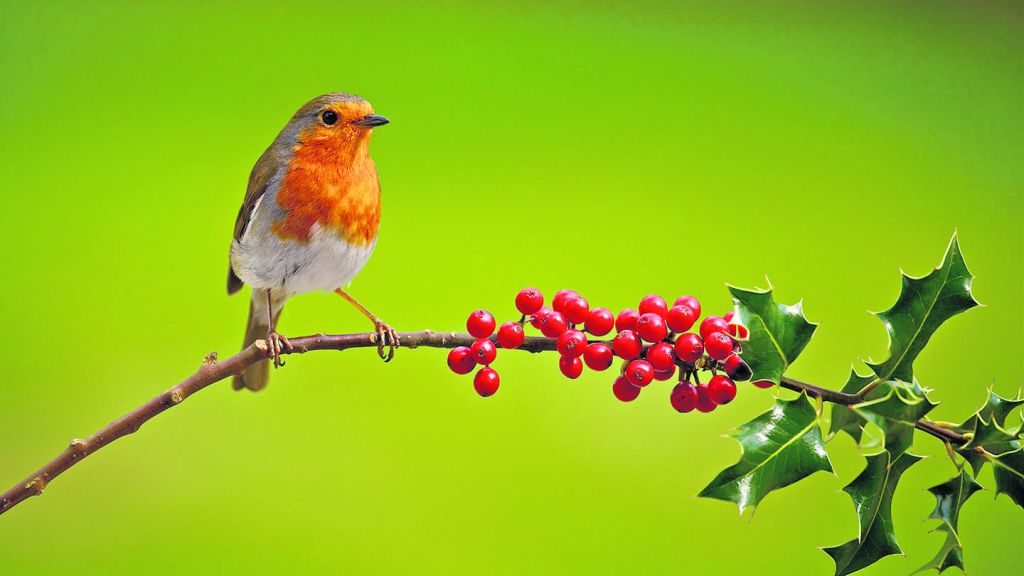
Ensure there is a supply of fresh water
While it might be tempting to forget about a fresh water supply for birds after the heat of summer has passed, all species will benefit from a regular source right through winter. Most birds’ diets consist mainly of dry foods such as seeds and nuts, so it’s important they can find plenty of fresh water to keep them hydrated and healthy. They also require a water source to bathe, as a regular wash helps to keep their plumage in top condition; essential for good insulation on cold nights.
Don’t forget to empty the bird bath regularly and clean it with a chemical-free cleaner to prevent harmful bacteria from developing. Rinse well after cleaning and replenish with fresh water, then all that’s left to do is to sit back and wait for a robin to appear.
By simply providing the right food, sturdy shelter and fresh water, the chances of a robin surviving the winter is greatly increased. What’s more, these simple additions will also increase the likelihood of attracting a red-breasted garden visitor, so that its beauty can be enjoyed not just in winter, but all through the year.




